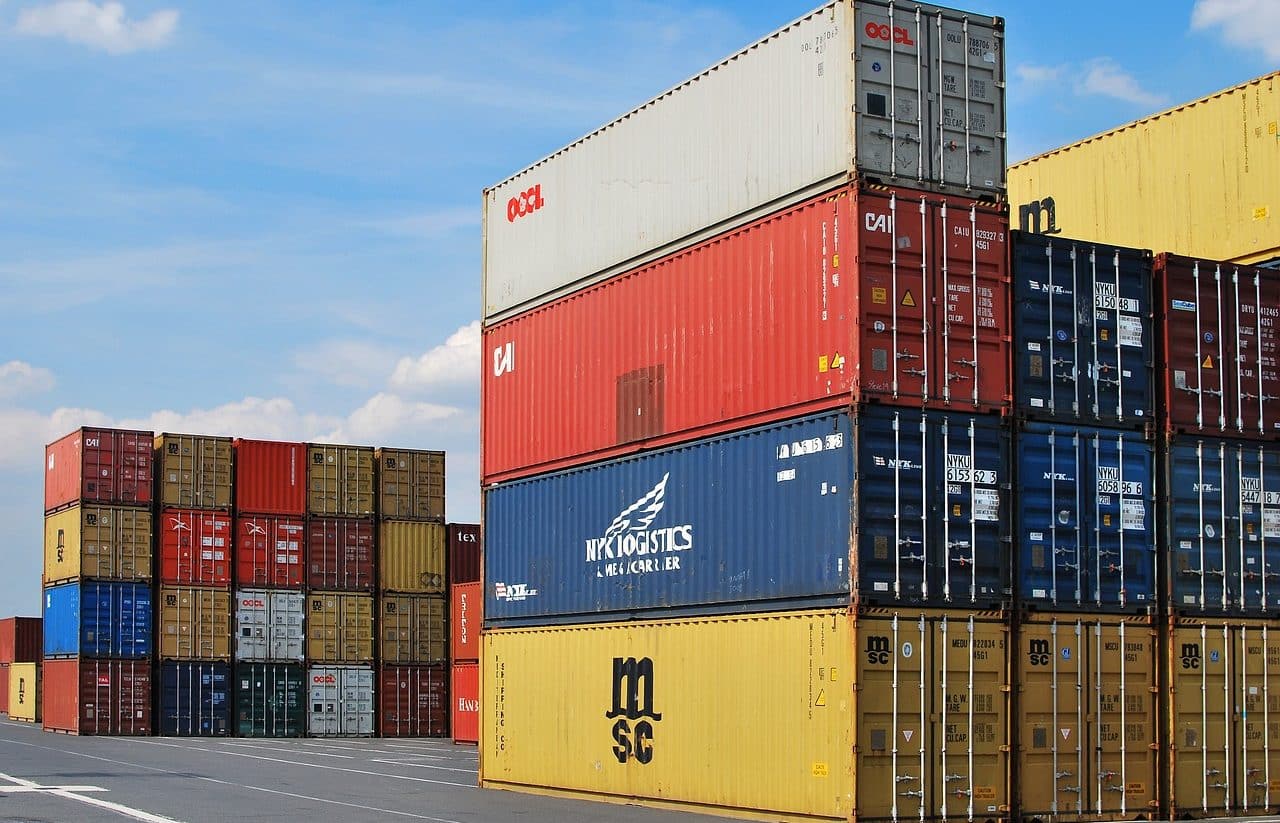
The balance of payments is the record of monetary disbursements and external receipts from a nation's economy.
The balance of payments is the record that compares the monetary disbursements and external receipts of a country's economy .
The term balance has several uses, as can be seen by consulting the dictionary of the Royal Spanish Academy ( RAE ). On this occasion we are interested in its meaning in the field of economics : the result or analysis of a comparison established between different variables is known as a balance.
A payment , on the other hand, is the disbursement of money or another type of value with the objective of paying off a debt or making a purchase. This act and its result are known as payment.
Balance of payments accounts
We can point out that the balance of payments is a macroeconomic indicator that is made up of four main accounts:
- The capital account balance , which records the movement of capital that exists in a country. This means, therefore, that everything from the sale or purchase of goods to the aid received from abroad is taken into consideration.
- The account of errors and omissions . Its importance lies in the fact that it is really complex to accurately calculate a country's imports and exports.
- The current account balance , which is used to know the state of the accounts that exist in a country. It is divided, in turn, into four more accounts: balance of transfers, balance of trade, balance of income and balance of services. It includes income, imports, transfers and exports.
- The financial account balance . It takes into consideration the investments that foreign countries make in the one being analyzed as well as the loans that it can request from others.

The balance of payments can show a surplus, a deficit or be in balance.
Different results
It is important to keep in mind that each of these accounts will result in a surplus , a deficit , or a break-even situation .
When all elements are included, the balance of payments should always be in balance since funds are compensated through various mechanisms, without there being a deficit or surplus . In any case, there may be a temporary imbalance when the funds received exceed or are less than the use of those same funds.
The balance of payments and the balance of trade
The notions of balance of payments and balance of trade are often confused. The trade balance is focused on exports and imports of commercial goods: the balance of payments, on the other hand, also includes other transactions , such as exports/imports of services and movements of financial capital. That is why it can be said that the trade balance is included in the balance of payments.
The balance of payments, in short, records all the monetary transactions that are carried out, in a certain period of time, between a nation and other countries . Typically, the period considered is annual and transactions are recorded in the currency of the country in question.
